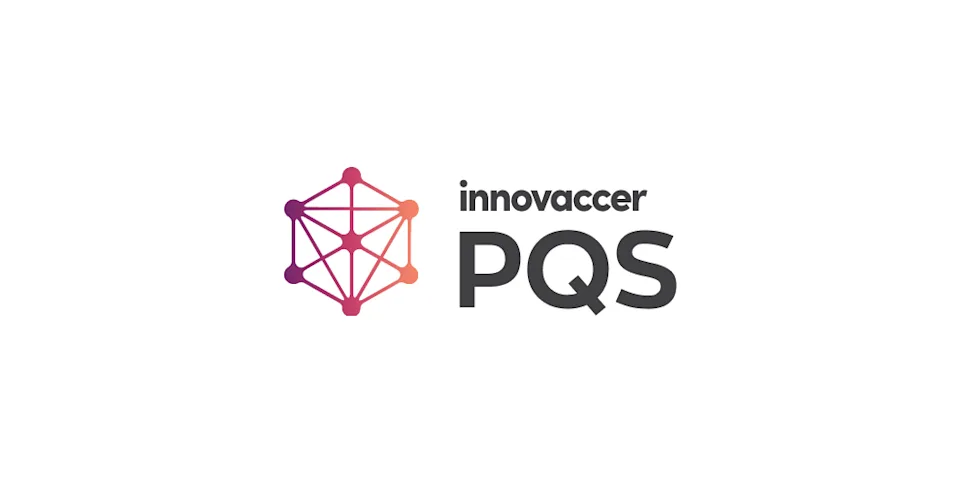The Digital Cure for Attrition: Technology-Driven Strategies for Strengthening Patient Relationships
The following is a guest article by Kamal Anand, Chief Product Officer at TeleVox and Mosaicx In today’s healthcare landscape, delivering exceptional clinical care is only part of the equation. Patients now expect care that’s not just effective, but also accessible, responsive, and personalized. As expectations shift toward the kind of convenience and connectivity seen […]

 The following is a guest article by Kamal Anand, Chief Product Officer at TeleVox and Mosaicx
The following is a guest article by Kamal Anand, Chief Product Officer at TeleVox and Mosaicx
In today’s healthcare landscape, delivering exceptional clinical care is only part of the equation. Patients now expect care that’s not just effective, but also accessible, responsive, and personalized. As expectations shift toward the kind of convenience and connectivity seen in retail, travel, and banking, health systems are under pressure to reimagine how they build and maintain relationships.
The answer lies in smarter, more deliberate use of technology. Patient relationship management (PRM) platforms are no longer optional – they’re essential for reducing attrition, supporting care continuity, and delivering the kind of experience today’s patients demand.
Communication That Keeps Patients Engaged
A major contributor to patient churn is poor communication. Missed messages, hard-to-reach providers, and generic outreach can all leave patients feeling disconnected. And disconnected patients don’t come back.
Technology allows us to meet patients where they are, on the channels they use every day. Through a robust PRM platform, health systems can engage patients via text, phone, email, and secure messaging via conversational AI. But it’s not just about reminders. Today’s patients expect personalized, relevant communication that feels human, even when it’s generated through automation.
An integrated patient communication platform harnesses the power of automation to enable consistent, empathetic outreach across the entire patient journey, from appointment confirmations to follow-up messages and preventive care nudges, making sure no one falls through the cracks.
Enabling Self-Service, On-Demand Healthcare
Consumers manage much of their lives from their smartphones. Healthcare must be no different. The majority of today’s patients prefer digital scheduling, and they are seeking tools that let them manage appointments, communicate with providers, and pay bills online. Meeting patients’ expectations for digital access is a key part of building lasting engagement and loyalty.
Digital solutions help healthcare organizations deliver this seamless experience through self-service capabilities that integrate with existing systems. Patients can make appointments, complete forms, access care instructions, or ask non-urgent questions without waiting on hold.
For example, self-service appointment management allows patients to conveniently schedule, modify, and cancel appointments via SMS or a web bot. Research has shown that when patients have more control over their scheduling, they are more likely to attend their appointments. One study found that offering online scheduling decreased no-show rates from 25% to 11%, ensuring that patients receive timely care.
This kind of flexibility and autonomy builds loyalty while also easing the burden on administrative teams and improving overall efficiency.
Listening and Responding in Real Time
Patient loyalty often hinges on one simple factor: feeling heard. But traditional channels for feedback are too slow and siloed to meet today’s expectations.
With patient relationship management tools, providers can collect real-time feedback and use automation to act on it immediately. Whether it’s a quick satisfaction survey or an open-ended chatbot conversation, digital platforms can route responses to the right teams for fast, empathetic follow-up.
That kind of responsiveness builds trust…and trust leads to retention.
Addressing Risk Before It’s Too Late
Not every disengaged patient is easy to spot. Sometimes the signs are subtle: a missed appointment, or a long portal absence. But with the right data strategy, those indications and patterns become more visible.
Digital tools can use behavioral analytics to identify at-risk patients and trigger proactive outreach. That could be a personalized message to re-engage a patient who’s overdue for a visit, or educational content tailored to their care needs. These timely, data-informed interventions prevent patients from drifting away and help maintain continuity of care.
Also, self-service access to health information—whether through AI-powered chatbots or patient portals—gives patients immediate access to the information they need and is more likely to keep them engaged. A study published by the National Institute of Health pointed out that patient empowerment through technology-enabled care was linked to a patient’s participation in decision-making, achieving control, and proactively learning about their health.
A Consistent Experience Across the Journey
Retention doesn’t happen at a single touchpoint. It’s the result of dozens of consistent, thoughtful interactions over time: welcome messages, care instructions, follow-up reminders, test result notifications, and preventive health outreach. Every interaction matters.
The key is to ensure those moments are connected, consistent, and personalized at scale. By combining intelligent automation with cohesive integration across clinical and administrative systems, digital platforms help providers deliver the kind of experience that keeps patients engaged and loyal.
Building a Patient-First Future Through Technology
The right technology can empower providers with the tools to transform patient communication, reduce attrition, and improve outcomes, while also supporting operational and financial performance. Estimates show that it’s six to seven times more expensive to acquire a new patient than it is to keep a current patient coming back. It’s also projected that increasing patient retention rates by just 5% can increase profits anywhere from 25 to 95%.
In today’s tech-first world, patient expectations only continue to rise. To thrive in a competitive market, healthcare organizations need digital infrastructure that supports stronger relationships.
Because when patients feel heard, supported, and connected, they stick around.

















































































































































